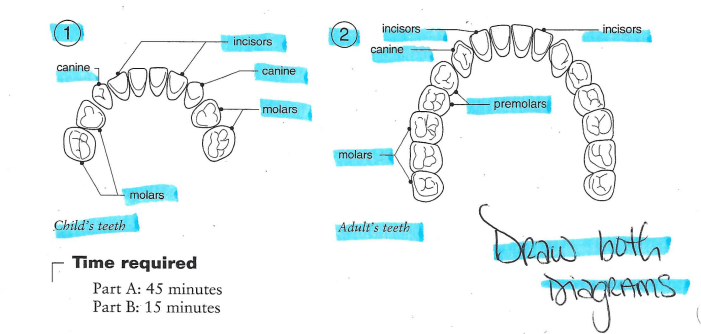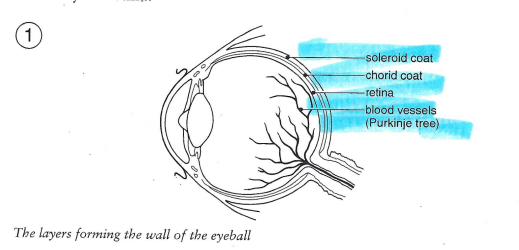Forensics Fingerprints Test
1/38
There's no tags or description
Looks like no tags are added yet.
Name | Mastery | Learn | Test | Matching | Spaced |
|---|
No study sessions yet.
39 Terms
Dactyoscopy
study of fingerprints
Herschel did…
required Indians to put their fingerprints on contracts; means of identifying prisoners
Faulds did…
claimed that fingerprints dont change over time
Bertillon…
body measurements as a means of identification; termed anthropometry
Galton was…
“daddy” of identification of loops, whorls, and arches
Herry did..
Numerical classification system
Vucetich
developed fingerprint classification that’s used in Spanish speaking countries
AFIS
Automated fingerprint identification system
-Began in early 1970s
by 1990s most jurisdictions had their own system
what was the problem with AFIS?
a persons fingerprint may be in one AFIS but not others
IAFIS
The FBI’ s Integrated AFIS system, a national data base
What are fingerprints? (M/C) (T/F)
-Formed at the begining of the 10th week of gestation (MC)|
-Happens in the basal layer of the skin(TF)
-protected by the outer layer of the epidermis (TF)
Fundamental Principles of fingerprints: (TF)
-fingerprint is an individual characteristic
-will remain unchanged during a person’s lifetime
-have general characteristic ridge patterns that permit them to be systematically classified
Name all ridge characteristics:
Ridge ending, biforcation, island, dot, bridge, hook, eye, enclosure, double biforcation, delta, triforcation, specitality, core, crossover
characteristic of the arch pattern and its 2 types
enter on one side of the finger and cross to the other side while rising upward in the middle
-do NOT have any type of lines, deltas, or cores
2 types: Plain, tented
characteristic of the Loop pattern and its 2 types
-must have one or more ridges entering and exiting from the same side
-MUST HAVE one delta
2 types: Radial: opens towards the thumb;
Ulnar: opens towards the pinky
characteristic of the whorl pattern and its 4 types
-plain or central pocket; at least 1 ridge that makes a complete circuit.
-have at least 1 delta and a core
4 types: plain, central pocket, double loop, accidental
Primary classification:
what was the Henry classification for fingers?
FBI classification that each finger has a point value:
Right: T-16, point-16, M-8, R-8, Pinky-4
Left: T-4, point-2, M-2, R-1, Pinky-1
what was the equation to find the point value classification and what type of print does it count for?
Only for whorls:
R.Index, R.Ring, L.Thumb, L. Middle, L.pinky+1/ R. Thumb, R.middle, R.Pinky, L.Index, L,ring +1
what are the 3 types of glands do secretions come from S/A
*Eccrine- largely water w/both inorganic (ammonia) and organic (Amino acids)
Apocrine-secrete pharmones
Sebaceous- fatty or greasy substances
Developing fingerprints requires
a substance that interacts W/ secretions that caused the print to stnd out
What are the 5 substances that are used to develop latent fingerprints
Powders-adhere to both water and fatty deposits
Iodine- fumes react w/oils and fats to produce a yellow/brown color
Ninhydrin- reacts w/ amino acids; makes purple color
Silver Nitrate- reacts w/chloride to form silver chloride
Cyanoacrylate: “super glue” fumes react w/water
alternative light sources were used to view what and when
Latent fingerprints and was first used by FBI in 1987
Rolled prints
rolled ink prints
primary identification #
Lifting prints
Black, white, and flourencence powder (physical)
Chemical: ninhydrin, iodine, silver nitrate, cyansacrylate
what are the other types of prints aside form fingerprints
Palm (friction ridges can be used as identification)
lips
teeth
foot (Size: foot and toes, friction ridges on both)
shoe (compared and identified by type, brand, year of purchase, and wear pattern)
voice (electronic pulses on a spectrograph)
ear (shape, length, width), and eye
Lip patterns
short vertical lines, short horizontal, cross hatching, branching grooves, diamond grooves, long vertical, rectangle
Teeth can be identified bc
bite marks are unique
Blood vessel patterns…
MAY be unique to individuals..retina and pupil can be used too
what are bio metrics
use some type of body metrics for the purpose of identification
Bertillon system may actually be the first use of Biometry system
used today in conjunction w/AFIS
EX: retinal or iris [patterns, voice recordings, hand geomotry
Other functions: used to control access to cell phones, can identify a person, prevent identity theft
Teeth marks can…
-show up under UV light (if old)
-used to identify bodies
-children have 20 teeth, adults have 32
Eyes have…
-network of blood vessels in the retina (purkinje tree)
-retina forms the innermost o f3 layers
-contains light receptiors (senstive to bringht light)
-Retina are unique to each person
What is the purkinje tree named after
after Johannes Purkinje (1787-1869) the Czech physiologist who discovered the structure
Who developed the Berillonage system
1882, Alphonse Bertillon, Director of the Identification Bureau of the Paris prefecture of Police
-US adapted this in 1887
-this system relied on specific measurements of a person’s body
teeth graph

lip patterns

eye graph

Francisca Rojas case
lady killed her 2 kids; first time fingerprints were used used as evidence
Stephen Cowan
police shot with his own gun, assailant drank from a cup and investigators use the prints from that to convict him
Hamm kidnapping
Hamm was kidnapped by a gang and forced to write ransom notes which had the gang’s fingerprints all over it